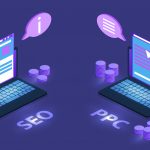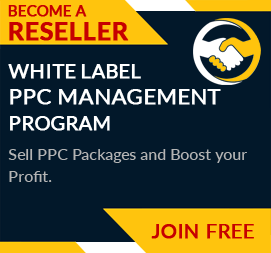
The marketing industry has evolved into institutional science in today’s world. It revolves around numerous strategies and approaches that the producers take or apply to build a strong and dynamic relationship with their consumer base. With so many balls on the play, sometimes, these approaches have to be assessed to choose out which one is effectively better. One such case of methods belong to the direct selling style of marketing, namely, Push Marketing vs Pull Marketing. Here is an assessment of both these approaches for you to decide which one is best for your business and the environment it deals with.
Push marketing aims at bringing the products or services to customers, that is, pushing it. It involves creating such business strategies that could capture the customer interest at the right place and right time. Emphasizing on creating demand by the visibility of the product or service, it circulates the significance of rigorous or guerilla marketing. The retailer is used as a medium to market the products or services of the company to the consumers. It is an effective b2b approach. However, it does have several key advantages and disadvantages. Let’s take a look at them.
• For new start-ups or small businesses that are looking for connecting with the market and retailers, this strategy presents a viable opportunity to promote their product or services as well.
• You can create awareness about your services or products among the locals and enhance demand with the exposure it will get.
• The demand can be predicted with stats and numbers easily by the producer as he will be the one producing and pushing the output into the market.
• It is not a one-man job approach. It requires a team of professionals to monitor all the sales and promotion activities, working continuously with retailers.
• As the producers have to approach the retailers to showcase their products, you might be at the losing side in some negotiations.
• For an ever-evolving market place where the consumer preferences and trends change very quickly, this approach might fail completely after some initial success. Proper demand forecasting is suggested.
Pull Marketing is exactly the opposite of the former one. The goal of this marketing approach is to ‘pull’ the customers in, towards the products or services through the use of brand power and popularity. It is generally put into use by multi-national corporations that keep the brand reputation factor in priority, and spend tons of money to advertise it. Numerous strategies like sales promotions, discounts, media coverage, compelling advertisements, etc. are used to market the product or service directly to the consumer, and not through the medium of a retailer. Let’s take a look at some of its advantages and disadvantages as well.
• As we mentioned earlier, the producer is marketing directly to the consumer, thus, establishing direct contact. This direct contact helps in building consumer loyalty, which plays a significant role in the customer retention rate.
• As there is no dependence on retailers and distributors, producers hold the bargaining power in this approach.
• There is no need for outbound marketing as the consumer is the one who is seeking the products and services of the company.
• With no real pressure on sales marketing, the company can indulge the resources in providing more product value to its customers.
• The approach is not for small businesses with less to no brand loyalty from their customers.
• For this approach to work effectively, producers have to create a high demand for their products or services. And it is very tough to build such an environment in a highly competitive landscape.
• As we mentioned earlier, consumers’ patterns are unpredictable and ever-changing. It will require very strong marketing efforts from the producer’s side to keep the consumer actively seeking out its goods or services.




